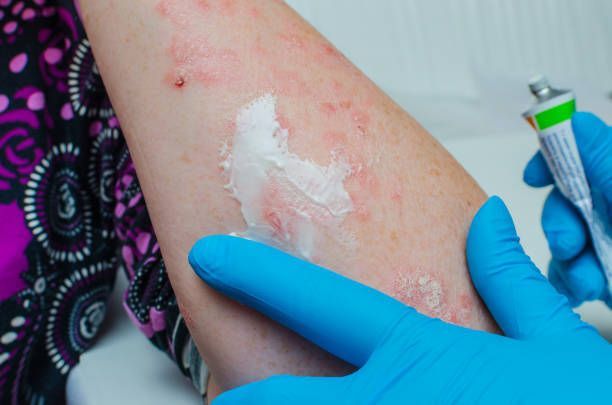Skin Rashes and What You Can Do About Them
Anyone can develop a skin rash anywhere on their body at any time, for several reasons. Here is a look at why rashes develop and what you can do about them.
What Is a Skin Rash?
A skin rash is an inflammation of the skin. That inflammation presents itself as a change in skin texture and color. In addition, different rashes have different looks For example, the skin can become red and swollen, but it can also become bumpy, raw, or patchy. Some other types of rashes might leave skin flaky and itchy. In most cases, the inflammation will cause some type of discomfort, whether that’s itchiness, burning, pain, or low self-esteem from the skin’s transformation. The inflammation that causes the skin rash can occur for several reasons:
- Allergic reactions
- Contact with an irritant
- Autoimmune diseases
- Certain medications or drugs
- Insect bites
- Various medical conditions
- Viral, bacterial, or fungal infections
- Sun exposure or other types of weather
- Stress
This isn’t an exhaustive list. The look of the rash and other accompanying symptoms can usually help a dermatologist figure out how someone obtained the rash. The diagnosis helps doctors come up with the right treatment plan for dealing with or mitigating the rash and its effects.
What Are Other Symptoms That Can Come With a Skin Rash?
Skin rashes fall into one of two categories: infectious and non-infectious. Noninfectious skin rashes mostly come from skin irritants and allergic reactions. For example, the most common cause of skin rash comes from contact dermatitis. Contact dermatitis occurs when you have a reaction to a new chemical that irritates your skin, or a chemical you have an allergy to. That chemical can from any source, such as:
- Using a new detergent
- Putting on a new makeup product
- Wearing something that contains material you’re allergic to
- Brushing against poison ivy, oak, or sumac
As a noninfectious skin rash, the symptoms aren’t always severe, but that will depend on the individual. If the rash persists or grows steadily worse over a few days, contact a dermatologist. You may have an infectious skin rash if you have additional symptoms accompanying the rash. Those symptoms can include coughing, joint pains, fever, or a sore throat. If you have a rash and additional symptoms, see your doctor as soon as possible.
What Can Someone Do to Treat a Skin Rash?
For many noninfectious rashes, you can use over-the-counter remedies. Sometimes, these rashes go away on their own after some time spent away from the irritant or allergen that caused it. However, even if it’s a mild rash, see a dermatologist if you can’t figure out where it’s coming from or get rashes frequently. An infectious skin rash requires a professional diagnosis. If your rash comes with a lot more symptoms, then see your doctor. Many serious conditions can cause skin inflammation, and sometimes the rash itself can serve as a warning of something worse to come. That’s why it’s important to see a professional as soon as possible. In the meantime, there are a few things you can do to deal with your rash while you wait for it to fade or while waiting for your visit to the dermatologist. You should:
- Wash the irritated skin with warm water and mild soap
- Try not to rub, scratch, or scrub the irritated skin
- Use unscented, hypoallergenic, or other products for sensitive skin
- Avoid bandaging or tightly covering the rash
- Try using calamine lotion or hydrocortisone cream to soothe rash irritation
Whether you’re experiencing mild or severe symptoms, you shouldn’t leave things up to chance. For any skin issue or skin rash questions, contact East Carolina Dermatology and Skin Surgery, PLLC, today.










